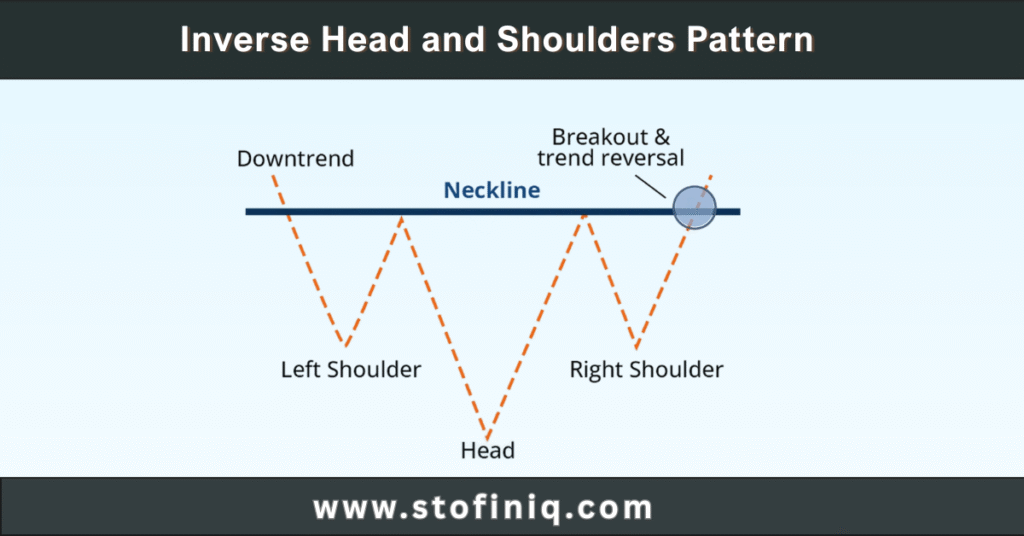
Options Trading for Beginners
Options trading gives you a say in making predictions about whether a certain stock price will go up or will it go down. This can be useful, as it can help you to protect your investments or make money when the market is moving a lot. Options trading for beginners might seem a bit overwhelming at first, but it can be understood with some basic knowledge.
Let’s assume that you believe that a certain stock of a company, for example, Infosys, will rise in the next month. So, instead of directly buying the stock you can buy a call option. This call option is a special agreement that gives you the right, but does not make it necessary for you to buy the stock at a fixed price later.
If you are new to the financial market, you might have googled the term Options trading for beginners before. But have you ever thought about what option trading means? How does Options trading work? And how does one start Options trading?
Here in this blog, we will break down the basics of options trading for beginners. This will also help you to figure out if options trading is more like gambling or if it is a smart way investment.
Key Takeaways
- Options trading for beginners isn’t that difficult when you break it down.
- Always start with education and risk management.
- Avoid high-risk strategies and focus on understanding how CE and PE work.
- Use indicators and tools to improve decision-making.
- Options trading is not gambling if approached with discipline and strategy.
- SEBI’s rules are here to protect you and understand them.
What is Options Trading?
Options trading at its core is nothing but a contract that gives the buyer the right to buy a certain stock, but the catch is, that this right is not duty that has to be done.
So, the trader can buy or sell a certain stock without any obligation before the predetermined price on a specific date.
There are two types of options:
Call Options(CE):
This type of options trading refers to a financial contract that gives you the right to buy a certain asset that could be a stock at a certain price, (this price is called the strike price) before a specific date. If the traders think the price of the stock will rise, they buy the call options of that stock. So, if the price of the stock goes above the strike price, the trader can buy it at a lower price for a profit. However, if the price of the stock does not go up and stays below the strike price, the trader might face a loss.
Put Options(PE):
Conversely, to the call options, Put options (PE) give you the right to sell a certain asset, such as a stock, at a specific price (the strike price) before a certain date. Traders mostly buy put options when they believe the price of the stock will decrease. If the stock price falls below the strike price, the trader can sell the stock at the higher strike price and most likely make a profit. However, if the stock price goes above the strike price, the trader might face a loss, as they won’t exercise the option.
How to Start Options Trading for Beginners
It is understood that starting options trading for beginners is not easy, and it might come up as intimidating, too. The terminology, price movements, and strategies can overwhelm beginners. Here are the steps that will make options trading for beginners easier:
1. Learn the Basics of Options Trading
Seeing people earn a lot of money from options trading might be tempting, but before jumping in, you should focus on learning first and understand the core concepts of options trading. The Internet is the best place to learn trading, by following blogs like ours, StofinIQ and watching videos by Neeraj Joshi on YouTube, you can have a deep understanding of option trading, and you will be ready for the trading market.
2. Choose a Reliable Broker
Select a SEBI–registered broker that offers a good trading interface and resources for learning. Zerodha, Upstox, and Angel One are popular among beginners.
3. Start with Virtual Trading
Most trading platforms offer a demo account or paper trading features. This lets you practice without risking real money while understanding how options behave in the market.
4. Focus on Index Options First
Nifty and Bank Nifty options are more liquid and beginner-friendly due to their consistent movement and lower chances of manipulation compared to individual stocks.
5. Learn to Read Option Chains
An option chain shows various strike prices and their respective premiums. Knowing how to interpret this is key to understanding market sentiment and choosing the right strike price.
Easy Tips for Beginners in Option Trading
- Avoid Buying Far OTM (Out of the Money) Options: These are cheaper but come with high risk and low chances of profitability.
- Watch the Market Trend: Never go against the broader market. Use simple indicators like moving averages and MACD to stay in line with momentum.
- Set a Stop Loss: Always define how much you’re willing to lose. This discipline separates successful traders from impulsive ones.
- Stick to One Strategy at First: Whether it’s buying a call, put, or a simple spread,master one strategy before trying complex combinations.
- Don’t Trade Just Before Expiry: Options lose time value quickly as expiry approaches. Unless you’re experienced, avoid trading on expiry days.
Is Options Trading Gambling?
This is a hot topic, especially among those new to the world of derivatives. On the surface, options trading might look like gambling, especially when people take blind bets without research. But in reality, options trading is not gambling if done with the right strategies, risk management, and knowledge.
Difference Between Options Trading and Gambling
Gambling is based on luck, with fixed odds and no strategic edge. The house always wins. Options trading, on the other hand, allows you to base decisions on data, charts, trends, and probabilities.
Traders can analyze historical price movements, use technical indicators, calculate the probability of success, and hedge against risks. This makes it more strategic and skill-based than chance-based.
Is Options trading for beginners safe?
It can be if approached wisely. The truth is, that many beginners jump into options without understanding the risks. That’s when it becomes dangerous. But with the right education, tools, and discipline, it can be a manageable way to participate in the market.
To make options trading for beginners safer:
- Avoid high-leverage trades.
- Use strategies like covered calls or credit spreads instead of naked options.
- Only use money you can afford to lose.
- Constantly review and learn from your trades.
Best Indicator for Options Trading
While no indicator guarantees success, beginners often benefit from using:
- Relative Strength Index (RSI): Helps identify overbought or oversold levels.
- Moving Averages (MA): Indicates trends over time.
- Volume Analysis: Sharp volume increases often precede big price moves.
- Open Interest (OI): Shows where traders are betting. A rise in OI with price confirms strength.
Combining two or more indicators can improve accuracy and help build confidence in trade decisions.
What are SEBI’s New Rules for Options Trading
To protect retail investors from unsafe losses, SEBI (Securities and Exchange Board of India) has introduced several rules:
- Higher Margin Requirements: Traders must now keep more margin when writing options to reduce leverage.
- Standardized Contracts: All options must follow standardized lot sizes and expiry cycles.
- Risk Disclosure Documents: Brokers are required to present risk disclosures clearly to new clients engaging in options.
These rules are designed to curb misuse and promote responsible trading, especially for beginners.
FAQs (Frequently Asked Questions)
Many options traders lose money just because they enter the trade without a proper understanding of the risk, strategy or market structure.
Usually, beginners fall into the trap of buying cheap, out-of-the-money options hoping for a jackpot. This rarely works unless the market moves dramatically in its favour. Also, options are time-sensitive and lose value quickly as expiry nears, making it critical to have strong timing and direction. Emotional trading, lack of discipline, and over-leveraging are common reasons why most fail.
In options trading, CE stands for Call European, which refers to buying the right to purchase an asset at a certain price before expiry. Similarly, PE stands for Put European, giving the right to sell an asset at a predetermined price. These two are the basic building blocks of option contracts. CE is typically used when a trader expects the asset’s price to go up, while PE is used when the expectation is a price fall. Understanding these two components is essential for anyone beginning their journey in options.
There are many recommended books for beginners in Options Trading, Some of them are:
- The Hidden Reality by Charles Cottle.
- Options as a Strategic Investment by Lawrence G. McMillan.
- The Option Trader’s Hedge Fund by Mark Sebastian.
These books cover everything from basic concepts to advanced strategies and risk management. They will help you build a strong foundation in both the theory and practice of options trading.
There are many courses available but the course by Neeraj Joshi stands out. It covers all types of trading, including intraday, swing, positional, and especially options, in great detail. His teaching style is friendly and suitable for absolute beginners. One can check out the course from the Neeraj joshi application.
For a better understanding, you can also watch this video:
I left my engineering job to follow my true passion writing and research. A passionate explorer of words and knowledge, I find joy in diving deep into topics and turning rich, insightful research into compelling, impactful content. Whether it’s storytelling, technical writing, or brand narratives, I believe that the right words can make a real difference.

